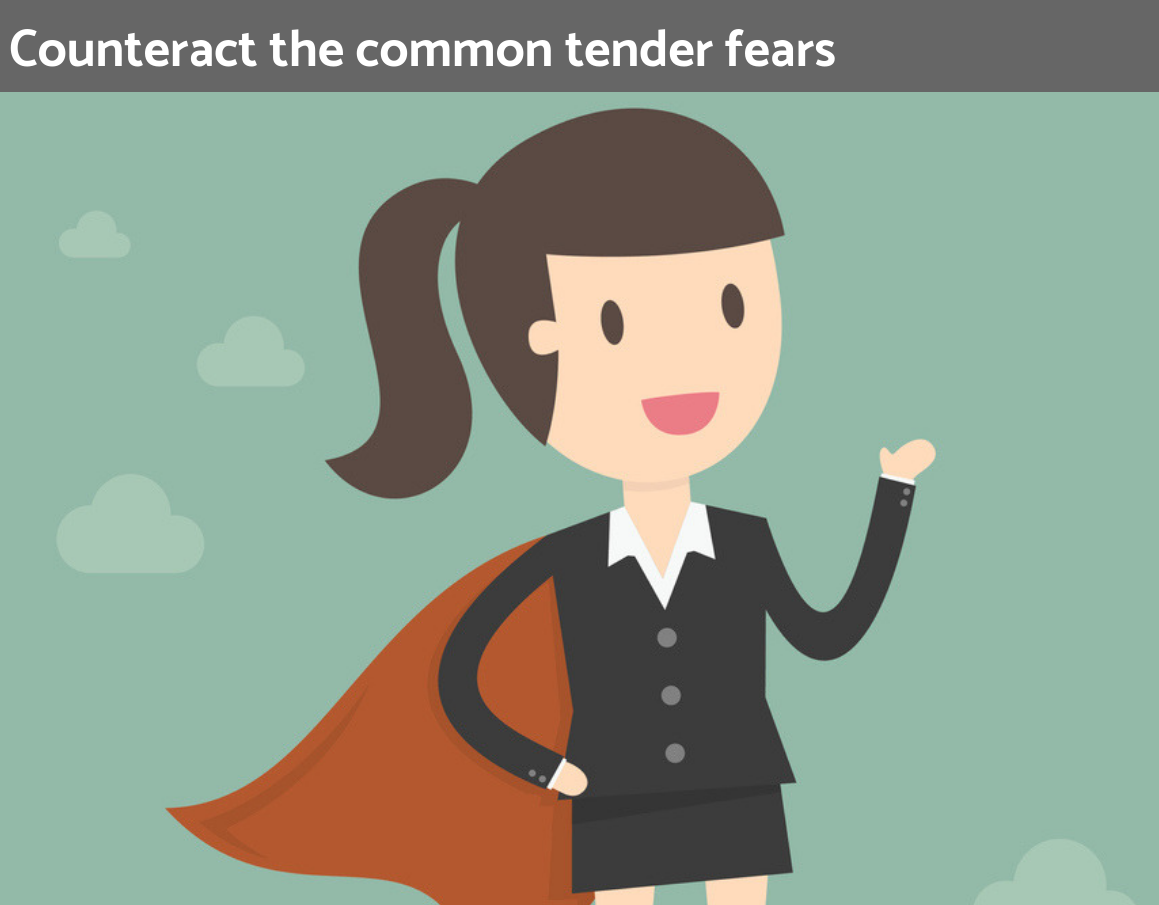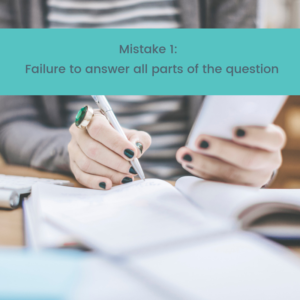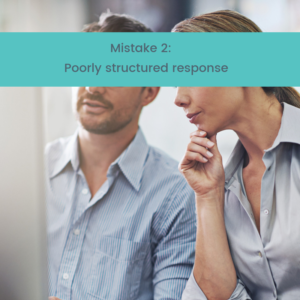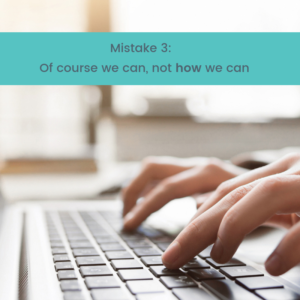By Kate Burrows, Managing Director, Tender Training College
Tenders can be daunting, especially if you are new to tendering and the future viability of your business hangs in the balance of a successful submission.
I am currently working with a small business owner who is bidding their first tender. The outcome of this tender will make an enormous difference to the long-term sustainability of their company and their future livelihoods.
It is completely understandable then that this business owner has fears of the tendering process and also about their chances of success.
Even the most experienced tenderers can find the tendering process overwhelming at the best of times. But, the good news is that you can counteract these commons fears.
Empowering yourself with a better understanding of the tendering process, and the skills and capabilities associated with this, will put you on the path to tender success.
Let’s apply some of the key steps in the tendering process to help beat the tender fears.

1. Conquer the tender document
Tender documents can be mind-boggling and downright confusing!
It is easy to be overwhelmed by the questions, language, number of pages, and the rules and the requirements (or sometimes, the lack thereof).
As the first step in the tendering process, take the time to read the tender document. Now read it again.
This will help you gain familiarity with the tender document and its content, which is key.
This is important because at the end of the tender period, you want to submit a client-focused response.
Every time you read the tender, you will pick up something different and gain a better understanding of what the client is looking for.
Highlight key sections, such as: the client’s objectives; the evaluation criteria; the due date and time; and how the tender needs to be submitted.

2. Ascertain your chances of success
Don’t write yourself off as a losing the bid before you even begin.
Another key step in the tendering process is to review the requirements of the tender. These are what the client has stated as the necessary requirements to deliver if you win the contract.
Carefully assess whether your company can meet the tender requirements and for the duration of the contract.
If your company can meet the requirements of the tender and can deliver a competitive price – you are in the running to win.
You should carefully consider whether or not you will proceed with the tender if you can’t meet the requirements, and/or how your business can change its approach to be compliant with the requirements.
Failure to properly consider your chances of winning can mean a lot of time and money wasted on bidding.
However, once you know you are in with a shot, it’s all action stations on preparing a winning bid!

3. Outshine the competition
It’s easy to be nervous of the competition, particularly if they are a larger, more experienced or a better equipped business.
However, use this competition as a motivator!
Another key step early in the tendering process is to understand your company’s points of difference – that is, what sets it apart from the competition.
The first step in doing so is to look at the competition’s strengths and weaknesses in terms of what needs to be delivered.
How can you counteract the competition’s strengths, or use their weaknesses as an advantage?
Now take a good look at your company – what are your strengths and weaknesses, and how are these different and/or unique to those of the competitors?
Once you have identified your competitive advantage, you can distil this into succinct key messages.
This will help define your approach to the questions, and enable you to write your response with much greater clarity.
Kate Burrows is the Founder of the Tender Training College. Kate was inspired to start the Tender Training College to help businesses and professionals secure their futures by providing quality tender training courses.d



 Don’t give away marks by only partly answering the question. Let’s take an example tender question to demonstrate how to answer it in its entirety:
Don’t give away marks by only partly answering the question. Let’s take an example tender question to demonstrate how to answer it in its entirety:

